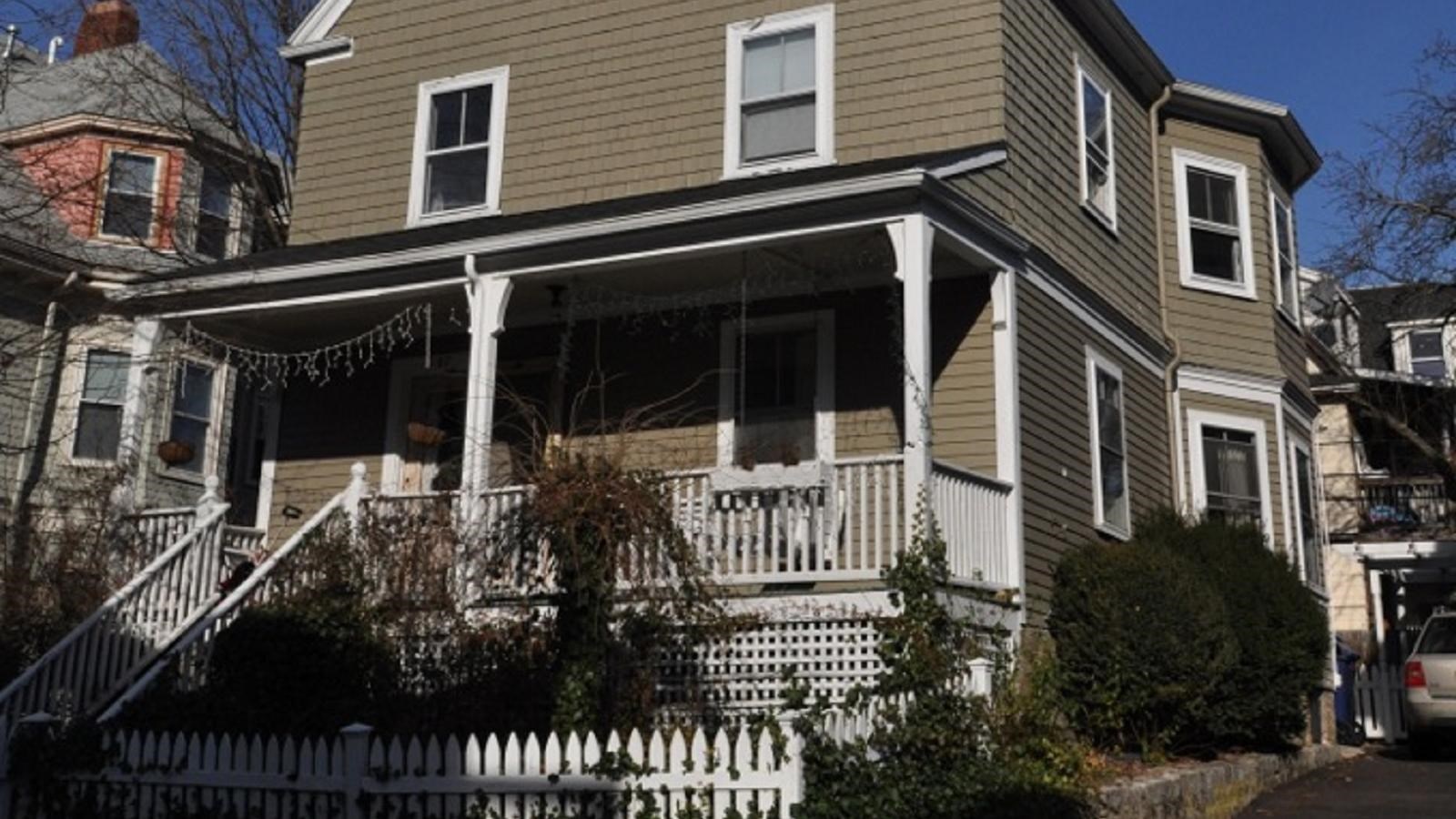Last updated: May 4, 2020
Place
Massachusetts: William Monroe Trotter House

Photo by Magicpiano, CC BY-SA 4.0, https://commons.wikimedia.org/w/index.php?curid=2298426
Harvard-educated newspaper editor William Monroe Trotter, who lived in this house for most of his career, spoke out against the racism of the early 20th century. He is well-remembered, too, for publicly and vehemently denouncing educator Booker T. Washington, who believed African Americans should find ways to "get along" with their white oppressors. In 1901, Trotter helped organize the "Boston Literary and Historical Association"--a forum for militant political thinkers like W.E.B. Du Bois and Oswald Garrison Villard. The same year, he launched a weekly newspaper on race relations, The Guardian, which was an overnight success.
Early editions criticized Booker T. Washington on three counts--first, his "unreal" optimism that intolerable racial conditions were actually improving; second, his alliance with President Theodore Roosevelt; and third, his promotion of manual and industrial training for African Americans over traditional forms of education. In 1903, after he interrupted a speech Washington was delivering, Trotter was arrested and jailed for one month. The incident was branded the "Boston Riot." In 1909 Trotter and Du Bois founded the National Association for the Advancement of Colored People (NAACP), but Trotter objected to the new organization's white financing and leadership, preferring his own alternative "National Equal Rights League." Until his death at age 62, Trotter continued to speak out against racism. He advocated better treatment for World War I black soldiers, tried to get the film Birth of a Nation banned in Boston, protested Marcus Garvey's Back-to-Africa Movement, and petitioned Franklin D. Roosevelt to end segregation in the District of Columbia. The William Monroe Trotter House is a National Historic Landmark.
Visit the National Park Service We Shall Overcome travel itinerary to learn more about the civil rights movement themes and histories. Also, be sure to check out Civil Rights subject site.
